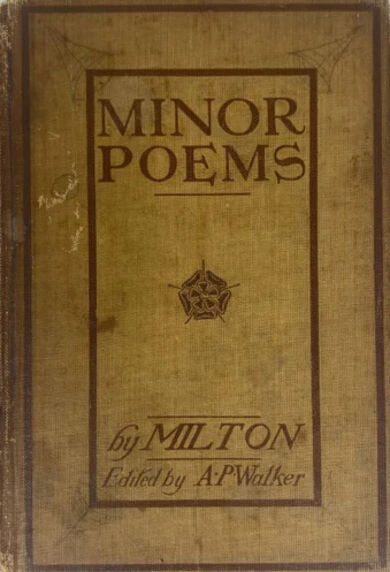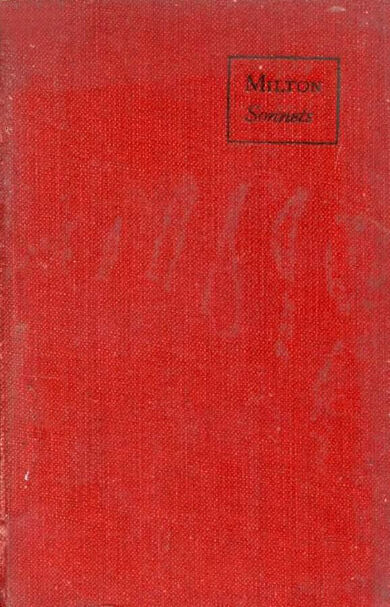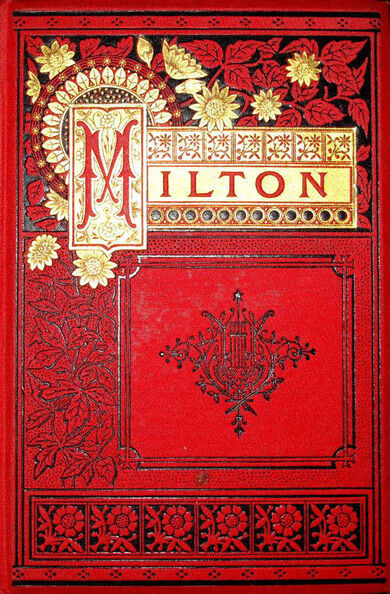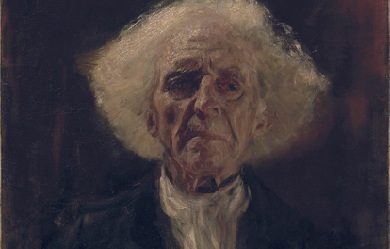At a Solemn Music
Introduction. "At a Solemn Musick" describes the experience of listening to sacred music, perhaps even a specific performance Milton attended, as producing rapture in the listener. It invites us to imagine Voice and Verse as personified sisters, heavenly born. Earthly performances suggest the heavenly harmonies of cherubim and seraphim before God's throne. Like "On Time," Milton writes "At a Solemn Musick" in a modified verse form of an Italian madrigal with irregular lines which rhyme mainly in pairs (Variorum, 2 (1): 175). Music serving as a means of inspiration appears in other works including the Nativity Ode and Sonnet 13. However, in this poem the theme of music as offering direct access to heaven is significantly different from those others.
Sirens: In Plato's Republic 10. 616-17, celestial spheres were moved by sirens who produced the music of the spheres.
Voice, and Vers. Milton aims to distinguish beetween "Voice," the music of the spheres representing natural order, and "Vers," the song of the angelic choir symbolizing heavenly order.
phantasie: Imagination.
concent: 1645 reads "content," but 1673 and Trinity MS have "concent" which seems preferable.
saphire-colour'd throne: In Ezekiel's visions of God, he describes the throne of God "as the appearance of a sapphire stone" (Ezekiel 1: 26).
Where the bright Seraphim . . . Harps of golden wires. George Frederic Handel set these four lines to music in "Let the Bright Seraphim" (performace by Ken Whitcomb at MidiWorld.com/handel), an aria added to an oratorio that Handel composed based on Samson from Milton's Samson Agonistes.
victorious Palms: In Revelations 7: 9, multitudes of people "of all nations" are given seals indicating their salvation.
melodious noise: The music of the angelic choir.
disproportion'd sin: Milton alludes to the Fall of man due to "Man's First Disobedience" (Paradise Lost 1.1).
Jarr'd against natures chime: Broke the harmony of the natural order.
perfect Diapason: Complete harmony orignally used to decribe the harmony of the notes in an octave. Sigmund Spaeth (Milton's Knowledge of Music, 109) remarks: "Diapason represents the harmony between Heaven and Earth as consisting of the interval of the octave, in other words, the most perfect concord excepting an actual unison . . . Man's state of good consisted in an undeviating conformity to divine law."
first obedience: The condition known in theology as "original justice."
consort: A group of musicians, probably angels, musical harmony, or a marriage partner.





